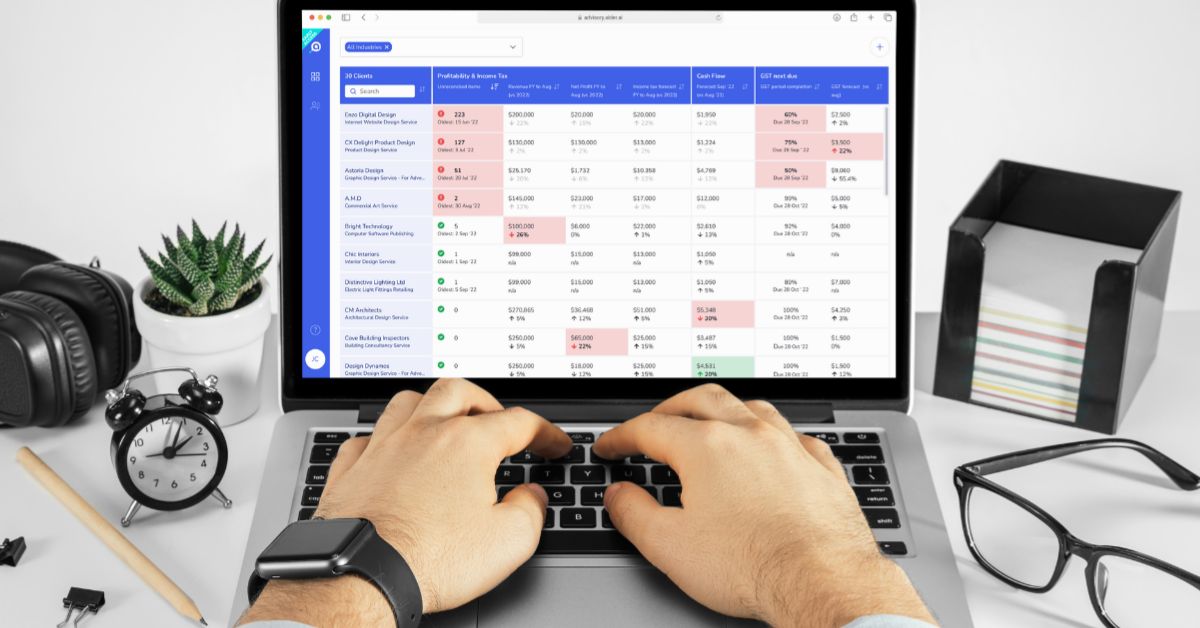Have you ever wondered why your favourite online store seems to know exactly what you want? That’s not magic—it’s ecommerce personalization. In today’s digital age, businesses are using sophisticated algorithms and data analytics to tailor your shopping experience. This isn’t just a trend; it’s extremely useful for online retailers aiming to boost customer satisfaction and loyalty.
By understanding your preferences and behaviours, ecommerce platforms can offer product recommendations, personalized discounts, and even customised content. This level of personalization not only enhances your shopping experience but also drives sales and fosters a deeper connection between you and the brand. Ready to explore how ecommerce personalization is reshaping the way you shop online? Let’s take a closer look then.
Understanding Ecommerce Personalization
Ecommerce personalization tailors the online shopping experience to meet individual needs. With data analytics and algorithms, ecommerce platforms predict what you’ll like based on your past behaviour. When you visit an online store, you might notice products suggested just for you. This isn’t a coincidence; it’s personalization in action.
By tracking your interactions, such as items you’ve viewed or bought, these platforms offer relevant recommendations. Think about the last time you saw a deal pop up that seemed perfect for you. Personalization does that by understanding patterns in customer data.
Benefits for Businesses and Consumers
Personalization drives more sales and satisfaction. For businesses, it means knowing their customers better. When a store tailors its offers, you’re more likely to purchase. You get exactly what you need faster, which boosts your overall experience.
On the business side, this creates loyalty and repeat customers. When you feel understood, you keep coming back. This reduces costs related to customer acquisition and increases sales from existing ones. The result? Higher revenues for businesses and a more enjoyable shopping experience for you.
Ecommerce personalization allows companies to anticipate your needs. They might send you a reminder about an abandoned cart or offer a discount for an item you’ve shown interest in. Subtle nudges like this make you appreciate the convenience and thoughtfulness.
Have you ever found yourself wondering how an online store seems to read your mind? That’s the company leveraging data to enhance your journey. Personalization means fewer irrelevant deals, less time wasted searching, and more time enjoying your purchases.
By creating a seamless shopping experience, personalization improves your engagement and satisfaction. When stores understand your preferences, it feels like a personal shopper is guiding you, making the process smoother and more intuitive.
Key Technologies Driving Ecommerce Personalization
Artificial Intelligence and Machine Learning power ecommerce personalization by analysing vast amounts of data. These technologies can learn from customer interactions and predict future behaviours, ensuring recommendations are always relevant. Maybe you’ve noticed how some stores seem to know what you’ll like before you even browse? That’s AI at work. It studies your clicks, searches, and purchases, creating a profile to match products to your tastes.
Machine Learning refines this process further. Think of it as a clever apprentice constantly improving its skills. Over time, it becomes more accurate in predicting what you might want. This technology can adapt to changing trends and personal preferences, offering products you might not have considered but will find interesting.
Data Analytics and Consumer Behaviour
Data Analytics is the backbone of personalization in ecommerce. By examining patterns in consumer behaviour, it reveals insights into preferences and buying habits. Ever wondered why you receive certain product suggestions? It’s not random. Data analytics examines past purchases, time spent on pages, and response to promotions. This information helps ecommerce platforms craft a shopping experience as unique as your fingerprint.
Consumer Behaviour analytics add another layer of depth. It’s about understanding the ‘why’ behind your actions. Are you more likely to buy during a sale or after reading reviews? These insights allow businesses to tailor their strategies, providing you with timely discounts or nudges when you’re likely to purchase.
These technologies work together to create a seamless, intuitive shopping journey. Every click and scroll adds to a personalized tapestry designed to enhance your experience and make you feel valued as a customer. Ready to explore more about how ecommerce shapes your shopping habits? Let’s dive deeper into the strategies that bring these technologies to life.
Strategies for Implementing Ecommerce Personalization
personalized product recommendations transform your ecommerce site into a dynamic retail space. By analysing customer data such as browsing history, past purchases, and site interactions, you can present products that match their interests. This approach reduces choice overload and guides customers smoothly through their shopping journey. Netflix and Amazon use similar strategies to suggest content or products that users are likely to appreciate. When you implement this, visitors feel valued and understood, boosting their engagement and conversion rates.
Customised Marketing Messages
Creating tailored marketing messages ensures that the content resonates with your audience. By segmenting customers based on their behaviour, purchase history, and preferences, you can deliver relevant promotions and updates. Emails, social media ads, and in-app notifications can all be customised. Imagine sending a discount code for accessories to someone who recently bought a dress. This strategy not only increases the chances of repeat purchases but also fosters brand loyalty. Personal touches in marketing help customers feel recognised, making them more likely to engage with your brand.
To enhance your ecommerce experience, utilise personalized product recommendations and customised marketing messages. These strategies work together, creating a more engaging and satisfying shopping journey for your customers while driving sales and loyalty.
Challenges and Considerations
Ecommerce personalization depends heavily on customer data. When data collection grows, privacy and security issues arise. Hackers can access sensitive information if robust security systems aren’t in place. It’s vital to implement encryption and secure data storage methods to protect customer data. But how do you balance personalization with privacy protection?
Transparency about data usage can build trust. Tell customers how and why their data is used. It encourages sharing information while alleviating fears. Compliance with regulations like the General Data Protection Regulation (GDPR) should be mandatory. Always keep your customers’ data privacy in mind when personalizing their shopping experience.
Balancing Personalization and User Experience
A seamless user experience enhances personalization. Over-customisation can feel invasive despite its good intent. Finding the right balance is critical. Strive to create a journey where personalization feels natural. Assessing customer feedback can identify what works and what doesn’t. Are your customers comfortable with the level of personalization?
personalized recommendations must be relevant yet unobtrusive. Behaviour data analysis helps in predicting customer needs without overwhelming them. Too many personalized elements can clutter the interface, making navigation difficult. Keep the shopping experience intuitive. Focus on elements that provide real value to your customers.
Ensuring a smooth ecommerce experience while offering a personalized touch is key. Both visual appeal and functionality affect user satisfaction. Clean layouts with clear calls to action improve user interaction. Evaluate how personalization features align with overall site usability.
In Closing
Ecommerce personalization is a powerful tool for boosting sales and customer satisfaction. By leveraging AI and Machine Learning to analyse customer data, you can offer tailored experiences that resonate with your audience. However, it’s essential to maintain data security and comply with regulations to build trust. Striking the right balance between personalization and user experience ensures your customers enjoy a seamless journey without feeling overwhelmed. Prioritise relevant recommendations and a visually appealing website to keep your users engaged and satisfied. Embrace these strategies to stay ahead in the competitive ecommerce landscape.





